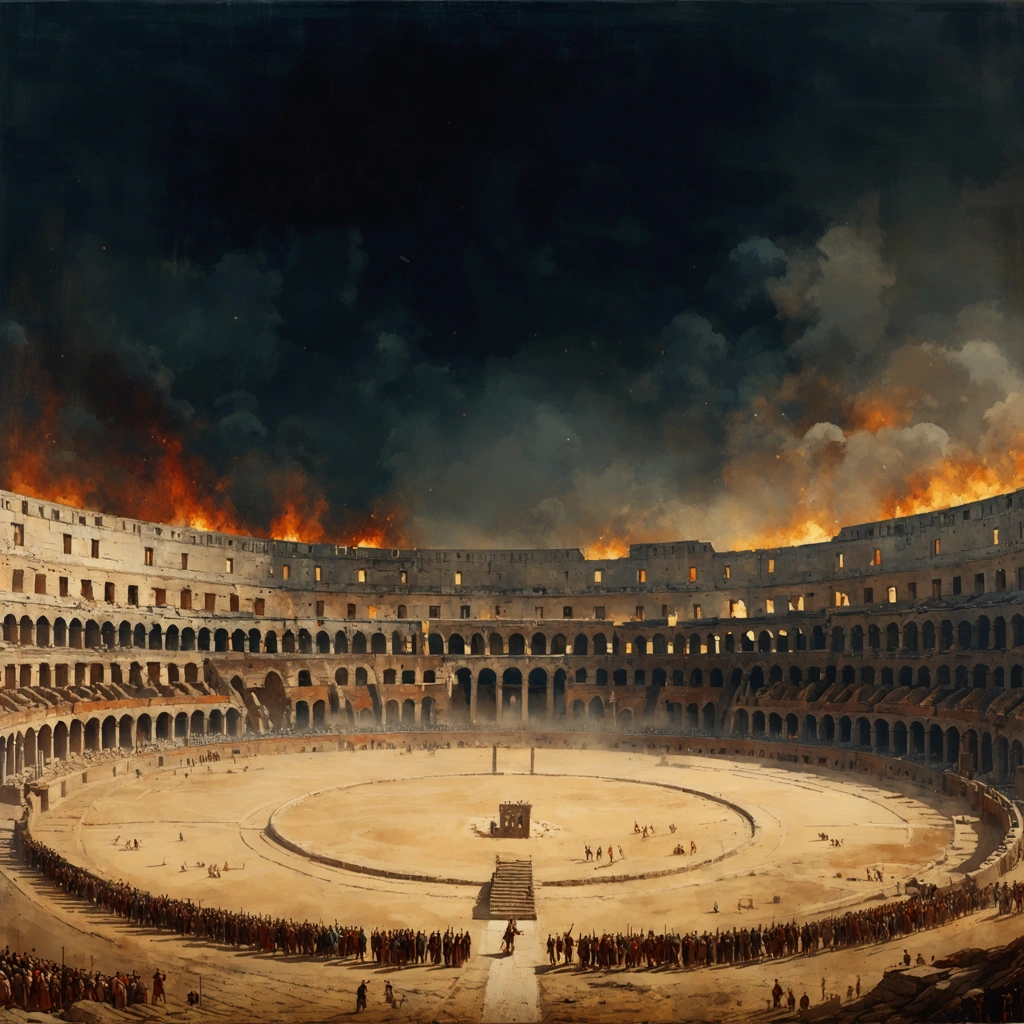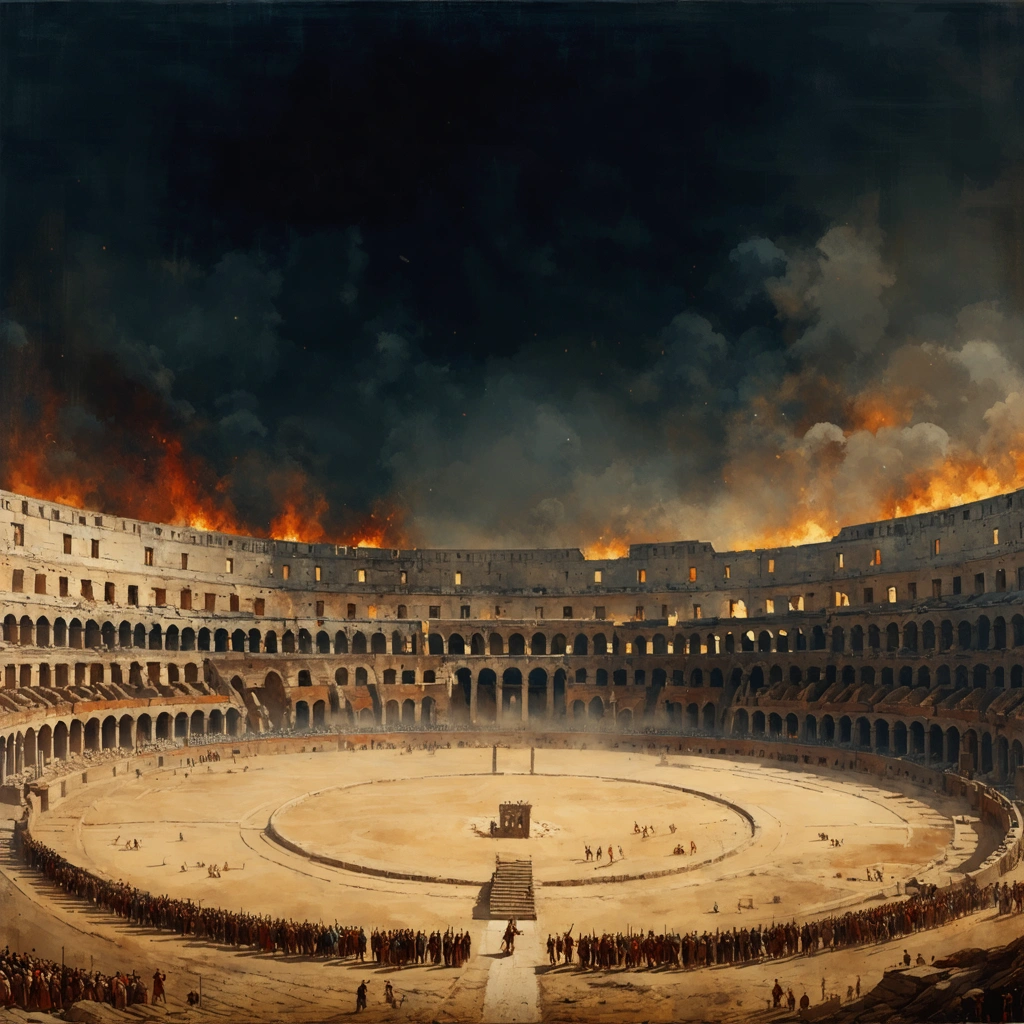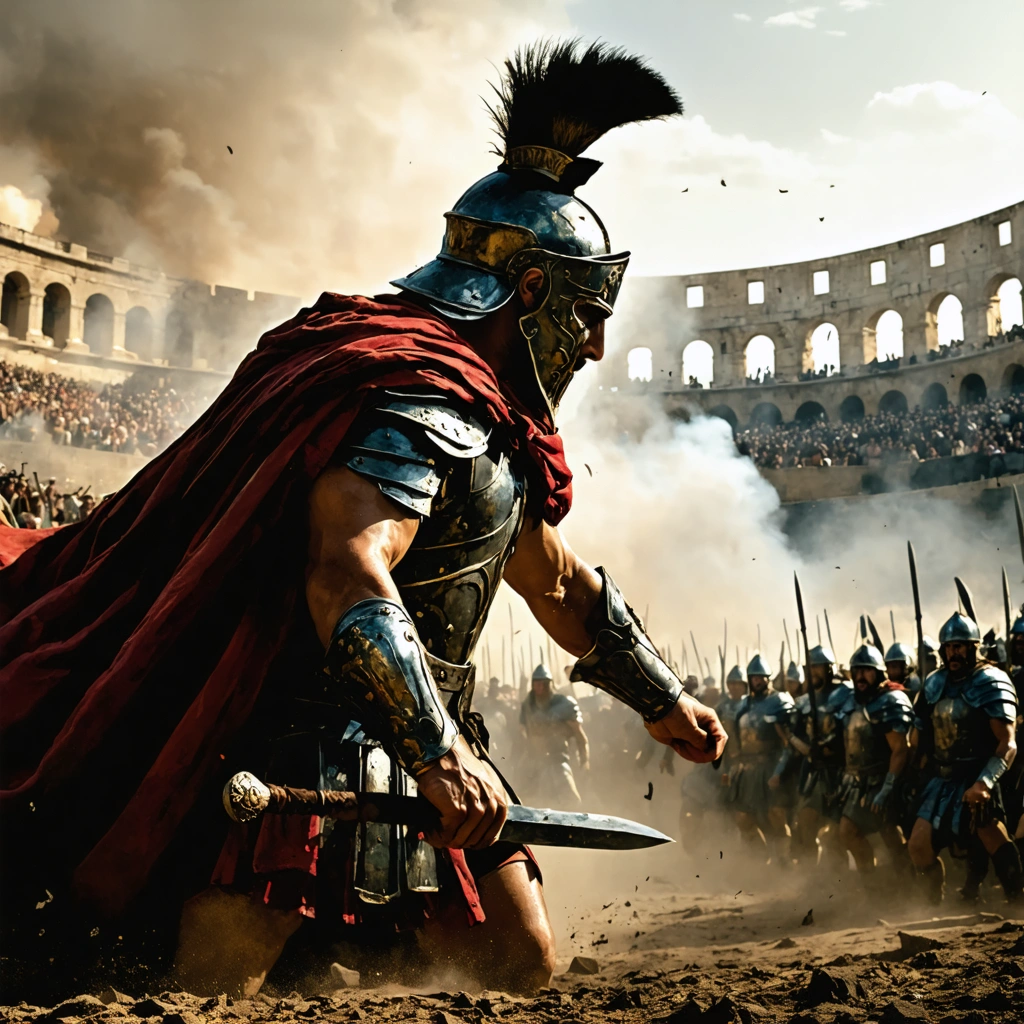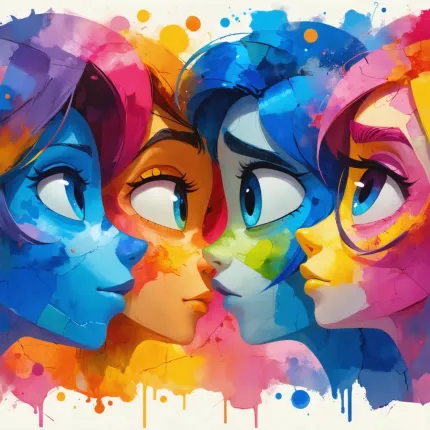
The Enduring Fascination with Gladiators and Ancient Rome
Imagine standing in the heart of the Colosseum, the roaring crowd pressing in from all sides, the dust swirling around your feet. You grip your weapon, knowing full well that this fight could be your last. The phrase “those about to die” echoes through history, a chilling reminder of the deadly spectacle that was the Roman arena. For centuries, the brutal world of gladiators has captivated our imagination, inspiring everything from blockbuster gladiator films to gripping historical series that bring ancient Rome’s blood-soaked arenas to life.
Yet, despite the countless depictions, many of these portrayals only scratch the surface of a reality far more complex, dangerous, and deeply human. What was it really like to be one of those about to die? How did the gladiators live, fight, and sometimes even thrive in a society that celebrated violence as entertainment? And why does this brutal spectacle continue to fascinate us today, more than two millennia later?
Why the Gladiator Myth Still Holds Us Captive
Gladiator films and historical series have become cultural touchstones, with their dramatic retellings shaping much of what we think we know about Rome’s arenas. From the iconic scenes of fierce combat to the personal stories of honor, betrayal, and survival, these narratives have a magnetic pull. But beneath the cinematic glory lies a gritty and often grim reality that challenges our romantic notions.
It’s tempting to view gladiators simply as heroes or victims caught in a cruel system, but the truth is layered. The arenas were not just places of death—they were arenas of politics, propaganda, and social control. The spectacle was designed to entertain, yes, but also to distract and unify a sprawling empire. This complexity is precisely what makes the subject so compelling and, at times, unsettling.
Moreover, the phrase “those about to die” (Latin: morituri te salutant) captures the fatalistic tension of the games, a poignant reminder that every fight was a gamble with mortality. It’s this chilling edge that fuels our curiosity and horror in equal measure.
What This Article Will Explore
In this post, we’ll journey beyond the surface of gladiator films and historical series to uncover the raw realities of Rome’s brutal arenas. We’ll explore:
- The historical context behind the phrase “those about to die” and its significance in Roman culture
- How gladiator films and historical series have shaped modern perceptions—and where they fall short
- The social, political, and personal dimensions of gladiatorial combat
- The legacy of these ancient spectacles in today’s entertainment and popular culture
Whether you’re a history buff, a fan of epic dramas, or just curious about what life really was like for those thrust into the arena, this article will offer fresh insights and a deeper appreciation for Rome’s gritty, bloody past.
So buckle up, and prepare to step into the sands where glory and death danced side by side. The story of those about to die is not just history—it’s a gripping saga of survival, spectacle, and the human spirit tested to its limits.

Those About to Die: Rome’s Grit and the Captivating World of Ancient Gladiators
What is "Those About to Die: Rome’s Grit" about?
Those About to Die is an immersive historical series that delves into the harsh, brutal realities of ancient Roman gladiatorial arenas. Unlike many gladiator films that often romanticize or dramatize the spectacle, this series aims to provide a gritty, authentic portrayal of the lives of gladiators, the social and political context of the games, and the cultural significance of these violent contests within Roman society.
The title itself draws from the famous Latin phrase "Ave, Caesar, morituri te salutant" ("Hail, Caesar, those who are about to die salute you"), which gladiators reportedly said before combat, symbolizing both the fatal dangers faced by these fighters and the spectacle’s deadly seriousness.
How does "Those About to Die" differ from other gladiator films and historical series?
Many gladiator films, such as Ridley Scott’s iconic "Gladiator" (2000), focus on individual heroism, revenge plots, and dramatic storytelling often blending fact and fiction. In contrast, Those About to Die emphasizes historical accuracy and a documentary-style narrative that explores:
- The socio-political role of gladiatorial games in Roman culture
- The training, origins, and diverse backgrounds of fighters
- The brutal realities of the arenas beyond the spectacle, including the human cost
- The economic and political motivations behind hosting these deadly events
This approach provides a richer, more nuanced understanding of ancient Rome’s complex relationship with violence, entertainment, and social control.
Why are historical series like "Those About to Die" important for understanding ancient Rome?
Historical series that prioritize accuracy and depth, such as Those About to Die, serve several critical purposes:
- Educational value: They provide viewers with insights grounded in archaeological evidence, ancient texts, and scholarly research, helping to dispel myths and popular misconceptions about gladiators and Roman society.
- Cultural awareness: By showcasing the realities of ancient entertainment and social structures, these series encourage reflection on how modern societies engage with violence and spectacle.
- Preservation of history: They keep ancient history alive in public consciousness, inspiring further interest and study among audiences who might not otherwise engage with academic works.
In contrast, typical gladiator films often prioritize entertainment over authenticity, which can sometimes perpetuate stereotypes or inaccuracies.
What can viewers expect in terms of production quality and storytelling?
Those About to Die combines high production values with expert interviews, reenactments, and detailed reconstructions of gladiatorial combat and Roman life. The series often features:
- Collaboration with historians and archaeologists to ensure factual accuracy
- Use of authentic costumes, weaponry, and sets inspired by archaeological findings
- Compelling storytelling that humanizes the gladiators beyond their roles as fighters
- Exploration of less-known facets of Roman arenas, such as the politics behind games and the lives of gladiator trainers and sponsors
This blend of scholarly rigor and engaging narrative makes it an essential watch for history enthusiasts and casual viewers alike.
How does "Those About to Die" reflect modern interest in gladiator films and ancient Rome?
The enduring fascination with gladiators and ancient Rome is evident in the sustained popularity of gladiator films and historical series. According to industry data, productions focused on ancient Rome consistently attract millions of viewers worldwide, driven by:
- The universal themes of survival, honor, and spectacle
- The visual appeal of epic battles and grand arenas
- Curiosity about a civilization that profoundly shaped Western history
Those About to Die taps into this interest by offering a fresh perspective that combines the excitement of gladiator combat with a serious examination of its historical context, setting new standards for how ancient Rome is portrayed on screen.
Where can viewers watch "Those About to Die" and similar historical series?
The series is typically available on streaming platforms specializing in documentaries and history content, such as the History Channel, Netflix, or Amazon Prime Video, depending on regional licensing agreements. To find the latest availability, viewers should check official streaming services or the series’ dedicated website.
Additionally, fans of gladiator films and historical series might explore related documentaries and dramatizations that focus on Roman history, gladiators, and ancient warfare for a broader understanding of this fascinating era.
Conclusion
Those About to Die: Rome’s Grit offers a compelling, authentic look at the brutal world of ancient Roman gladiators, distinguishing itself from typical gladiator films by emphasizing historical accuracy and depth. For anyone interested in ancient history, Roman culture, or the spectacle of gladiatorial combat, this series provides a rich, educational, and emotionally resonant experience. It not only entertains but also deepens our understanding of how ancient societies used violence and entertainment to shape public life — a topic that continues to resonate in modern times.



